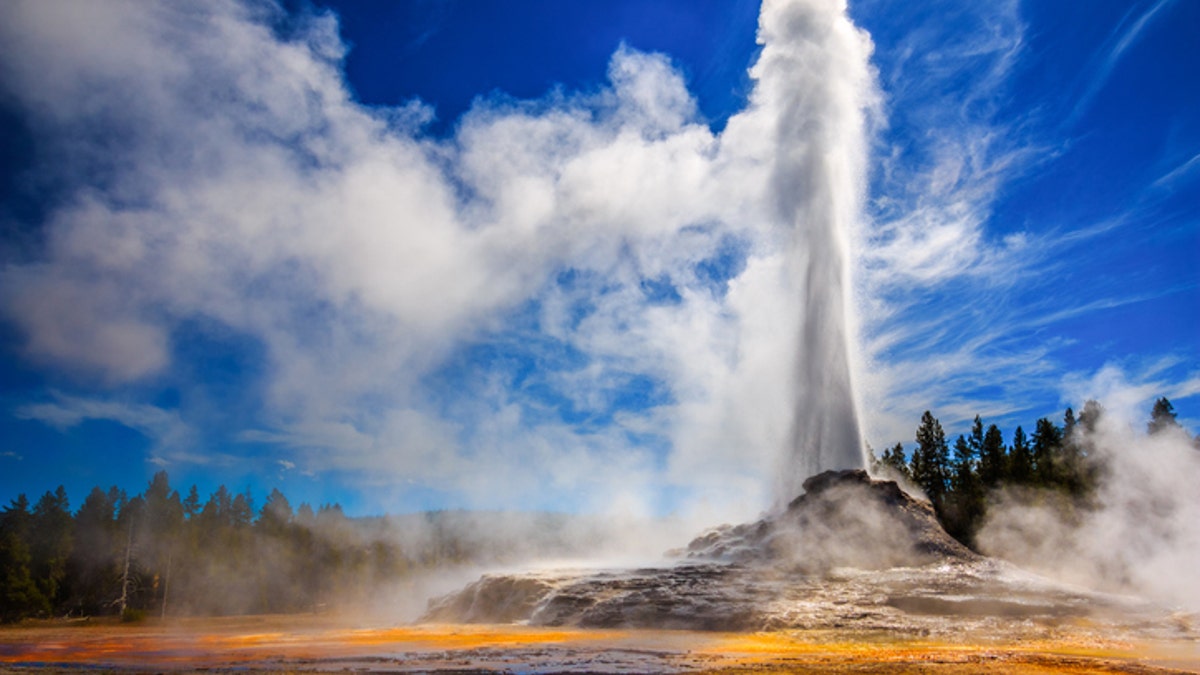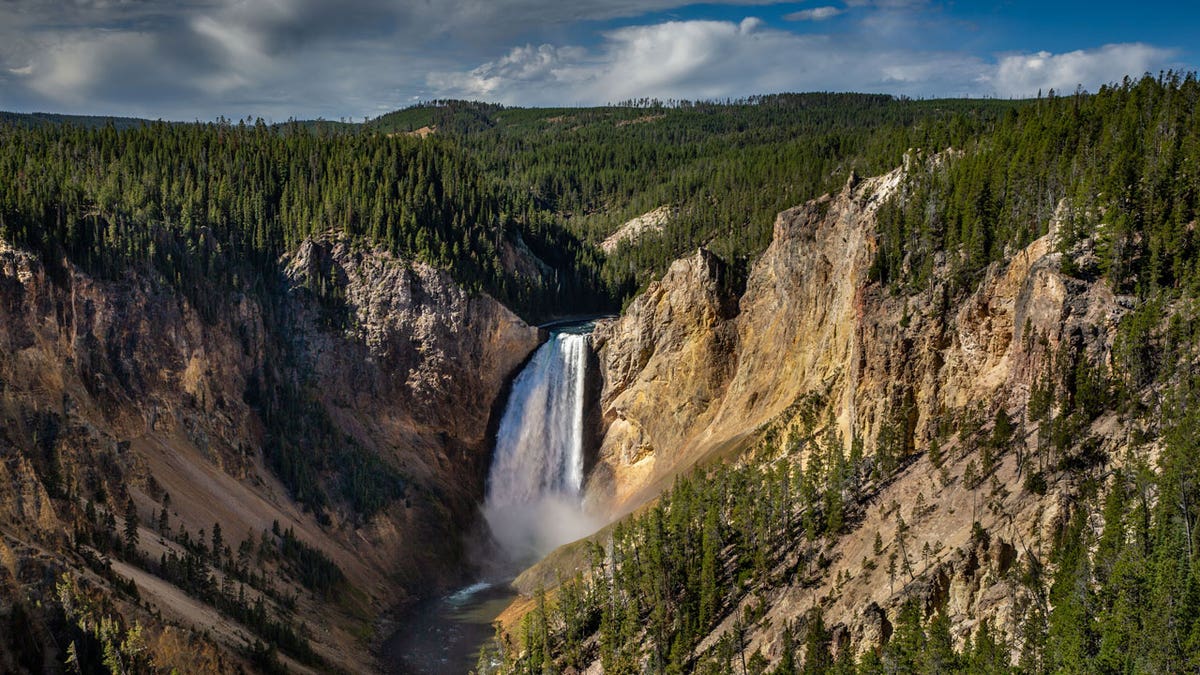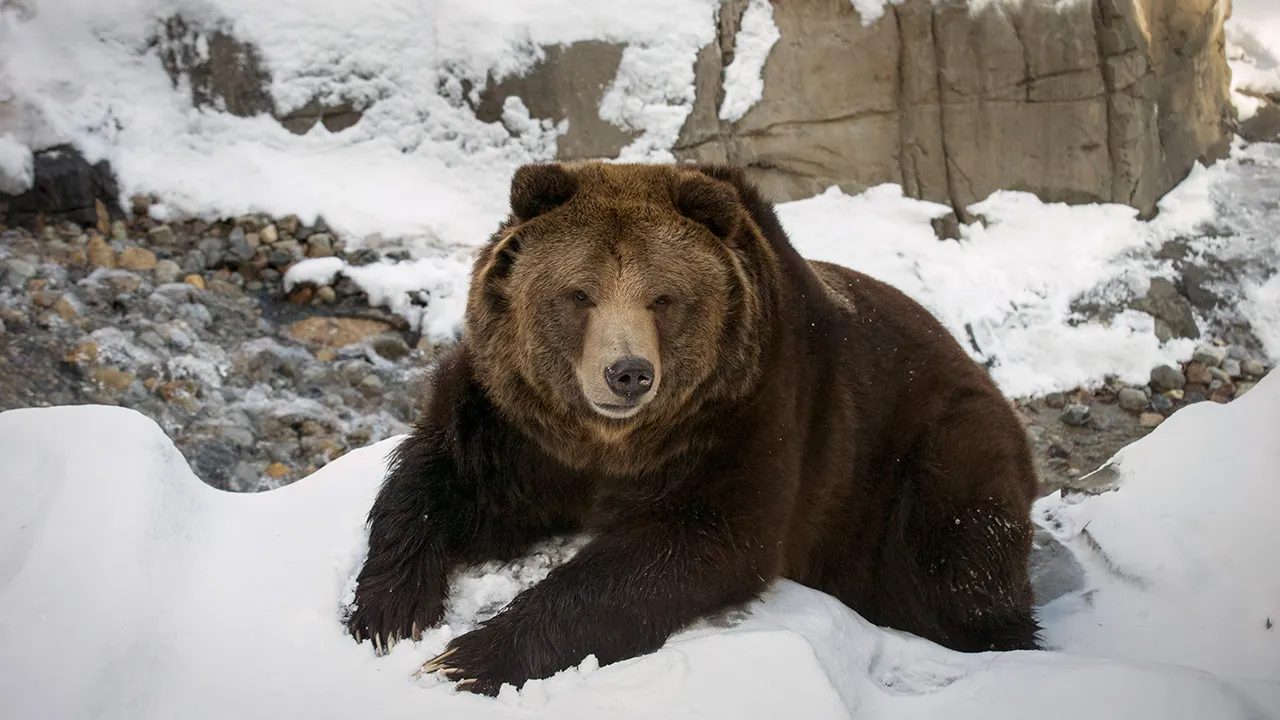Yellowstone National Park, a nearly mystical 2.2 million-acre paradise of dynamic hydrothermal activity, breathtaking landscapes, and spectacular wildlife, was established on this day in history, March 1, 1872.
It was the first national park in the United States and, for most people around the world, the first known on the planet.
It quickly inspired an international conservation movement in the wake of the Industrial Revolution.
“The headwaters of the Yellowstone River… are hereby reserved and withdrawn from settlement, occupation or sale… and dedicated and set aside as a public park or place of pleasure for the benefit and enjoyment of the people,” the Protection of the People states. Yellowstone National Park. Law, signed into law by President Ulysses S. Grant.
ON THIS DAY IN HISTORY, FEBRUARY 28, 1983, THE 'M*A*S*H' FINAL DRAWS A RECORD TELEVISION AUDIENCE OF OVER 100 MILLION
The park is located primarily in the northwest corner of Wyoming, the least populated state in the Union, but also crosses into Montana and Idaho.
Its area of 3,472 square miles makes it larger than Rhode Island and Delaware combined.
“Although Yellowstone had been carefully tracked by tribes and trappers, in the view of the nation at large it was actually 'discovered' through a series of formal expeditions” between 1869 and 1871, the National Park Service reports.
Group of elk along the temporary north entrance road of Yellowstone National Park on January 11, 2023. (NPS/Jacob W. Frank)
David E. Folsom, Charles W. Cook, and William Peterson explored the park in 1869 and reported on its spectacular physical features to eastern media.
Tower Fall, the Grand Canyon of Yellowstone, and the Firehole River geysers were among the wonders they described for the first time.
A new expedition in 1870 led by surveyor Henry D. Washburn recorded the size and scope of Yellowstone's most important landmarks.
“The geysers of Iceland… pale in comparison to the hot springs of Yellowstone.” — Explorer Fernando V. Hayden
Finally, in 1871, Ferdinand V. Hayden, chief of the U.S. Geological and Geographic Survey of the Territories, led a major scientific expedition that reported on the incredible scope and magical landscape of Yellowstone.
“The geysers of Iceland…are insignificant compared with the hot springs of the Yellowstone and Fire-Hole basins,” Hayden reported.
AMERICA THE BEAUTIFUL: 50 ESSENTIAL PLACES THAT TELL OUR NATIONAL HISTORY
Photographer William Henry Jackson and artists Henry W. Elliot and Thomas Moran joined him on the trip. The rhapsodic accounts and images of the expedition captured the widespread attention of the American public and political leaders in Washington, DC.
“The greatest achievement of the returning expeditions was helping to save Yellowstone from private development,” writes the National Park Service.

Castle Geyser erupting in Yellowstone National Park. Nearly 5 million people visited Yellowstone in 2021. (iStock)
“The wonders of Yellowstone, shown through Jackson's photographs, Moran's paintings, and Elliot's sketches, had captured the imagination of Congress. Thanks to their reports, the United States Congress established Yellowstone National Park only six months after the Hayden Expedition.”
Today, Yellowstone includes one of the largest collections of large mammals on the planet, including grizzly bears, bison, wolves, elk, and moose, among many other species.
'YELLOWSTONE' STAR KEVIN COSTNER TALKS ABOUT STAYING 'LOW' AND SAYS 'WE'RE KEEPING TRYING'
It also features, more spectacularly, more than half of the world's known hydrothermal hotspots: geysers, hot springs, clay pots and steam vents.
Its most famous geyser, Old Faithful, erupts about 17 times a day.

Visitors also come to Yellowstone Falls because it is home to two picturesque waterfalls. Pictured is the Lower Yellowstone Falls, one of two scenic waterfalls in the Grand Canyon of Yellowstone. (George Rose/Getty Images)
Geysers and hot springs, however, betray the seething cauldron of volcanic and seismic activity beneath Yellowstone's surface. One of the world's largest supervolcanoes has the potential to erupt with catastrophic results for life on Earth, while experiencing around 3,000 mostly minor earthquakes each year.
CLICK HERE TO SUBSCRIBE TO OUR LIFESTYLE NEWSLETTER
“Past volcanic eruptions that took place in Yellowstone National Park have been global disasters,” National Geographic reports.
“Today, scientists are trying to predict how this time bomb will explode or go off.”
Yellowstone geologist Dr. Jacob Lowenstern told NatGeo: “There is no current activity to indicate anything is happening. If there was something coming, there is nothing to show at this time.”

The U.S. Fish and Wildlife Service removed the Yellowstone grizzly bear from the endangered species list in June 2017, after 42 years of federal protection. (Reuters)
Yellowstone is widely considered the world's first national park.
But a global reserve makes a much earlier claim.
“Past volcanic eruptions that took place in Yellowstone National Park have been global disasters.” -National Geographic.
Bogd Khan Uul National Park, a small 260-square-mile reserve in a remote part of Mongolia, was established in 1783. At that time it remained unknown to much of the world and remains so even today.
ON THIS DAY IN HISTORY, AUGUST 25, 1916, THE NATIONAL PARK SERVICE WAS CREATED UNDER PRESIDENT WILSON
The creation of Yellowstone National Park 151 years ago today by the emerging international power known as the United States generated headlines around the world and interest in conservation.

A sign at the south entrance to Yellowstone National Park, Wyoming, courtesy of the National Park Service, Department of the Interior, circa 1965. (File Photos/Getty Images)
National parks were quickly created in Australia, Canada, New Zealand and other places around the world.
In the late 19th century, the United States added Sequoia, Yosemite, and Mount Rainier to its list of national parks.
CLICK HERE TO GET THE FOX NEWS APP
The National Park Service today manages 424 “units” in all 50 states, protecting 85 million acres of American wildlife.
For more lifestyle articles, visit www.foxnews.com/lifestyle.












